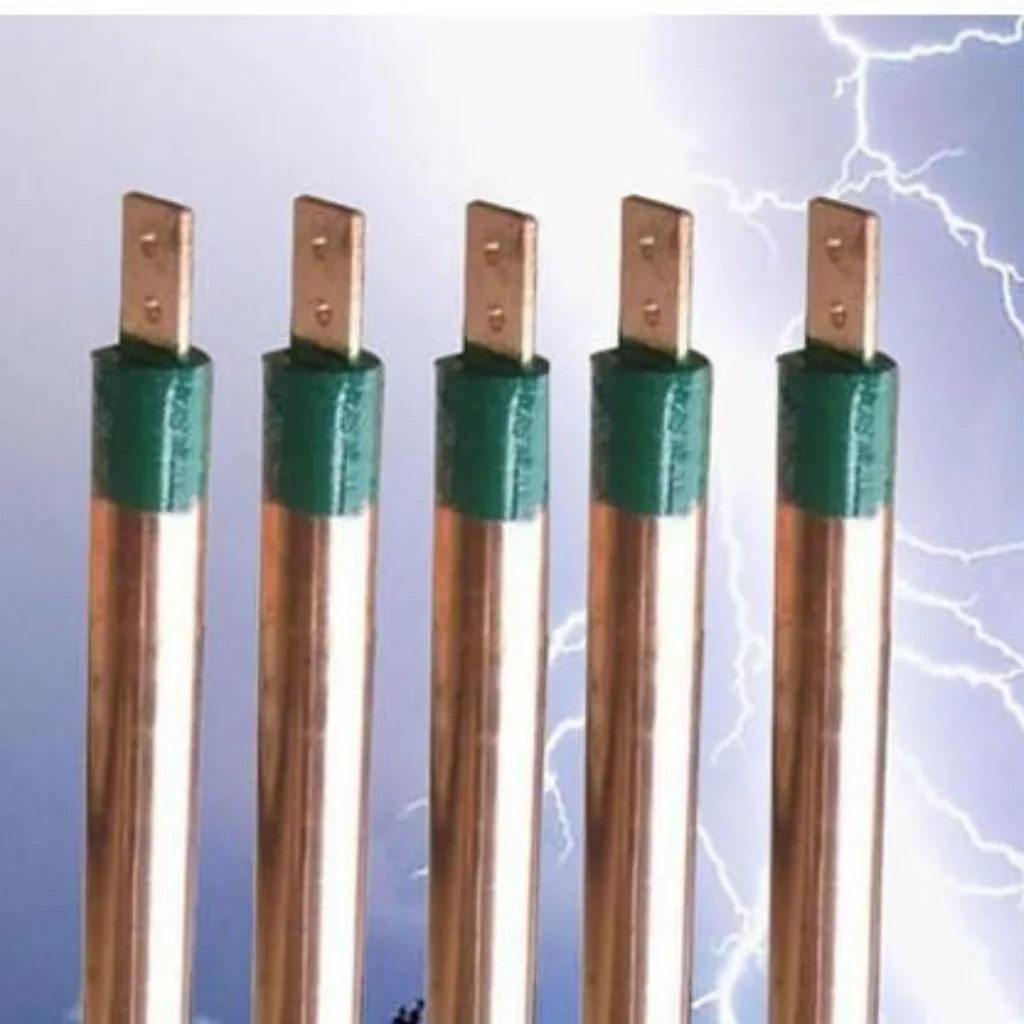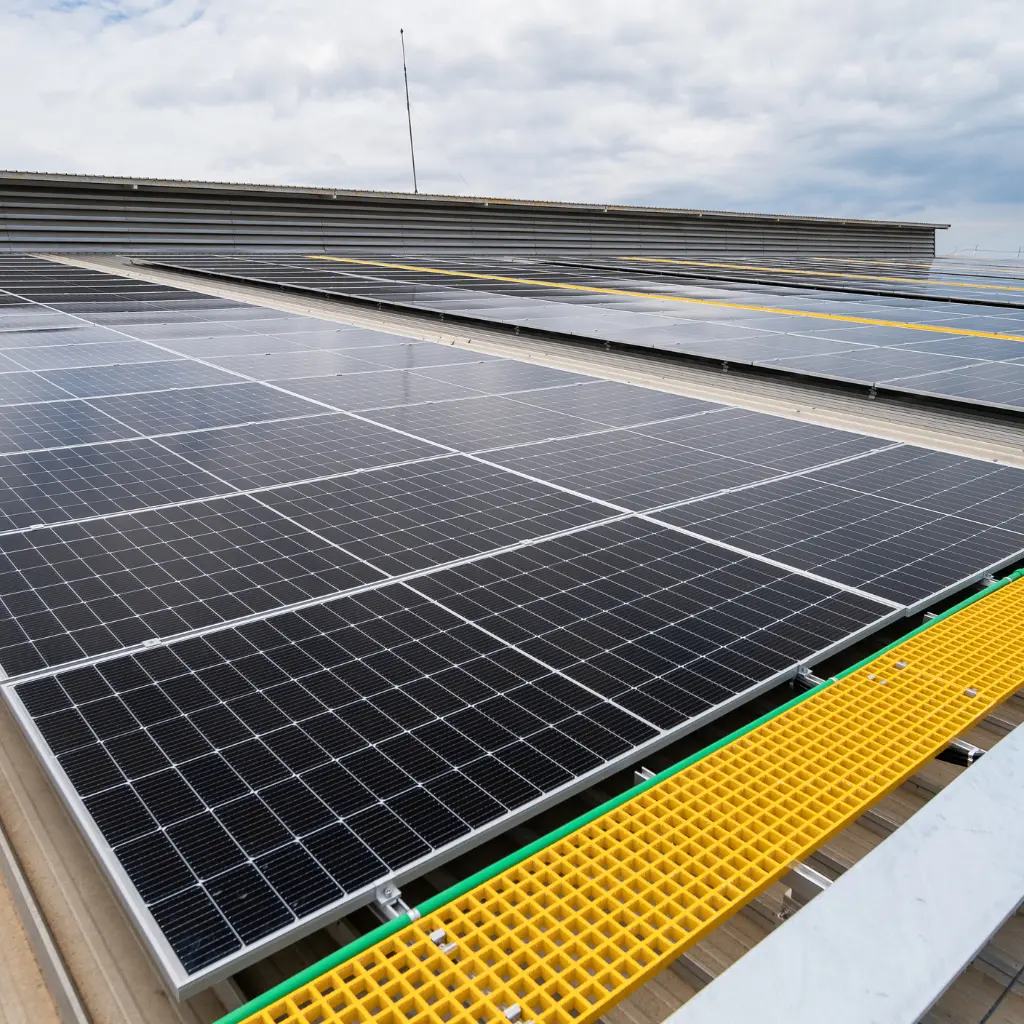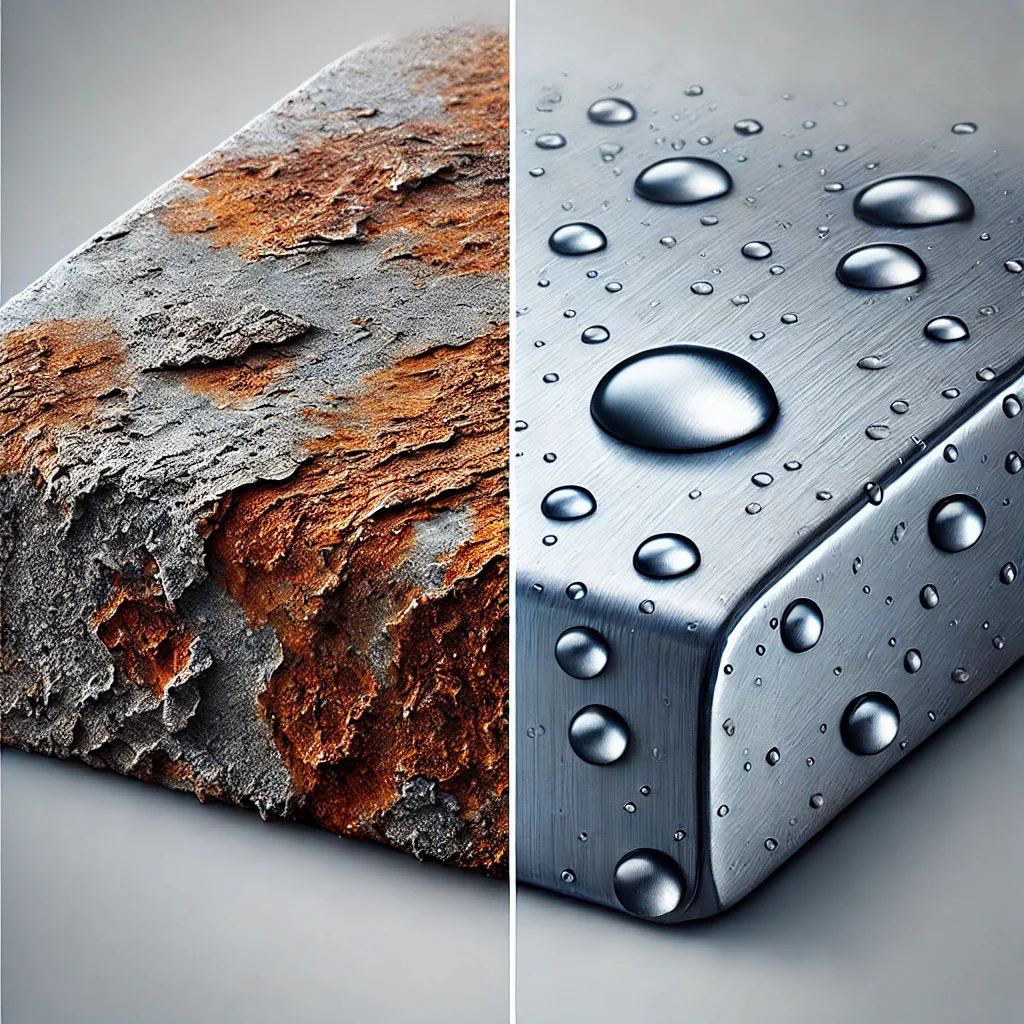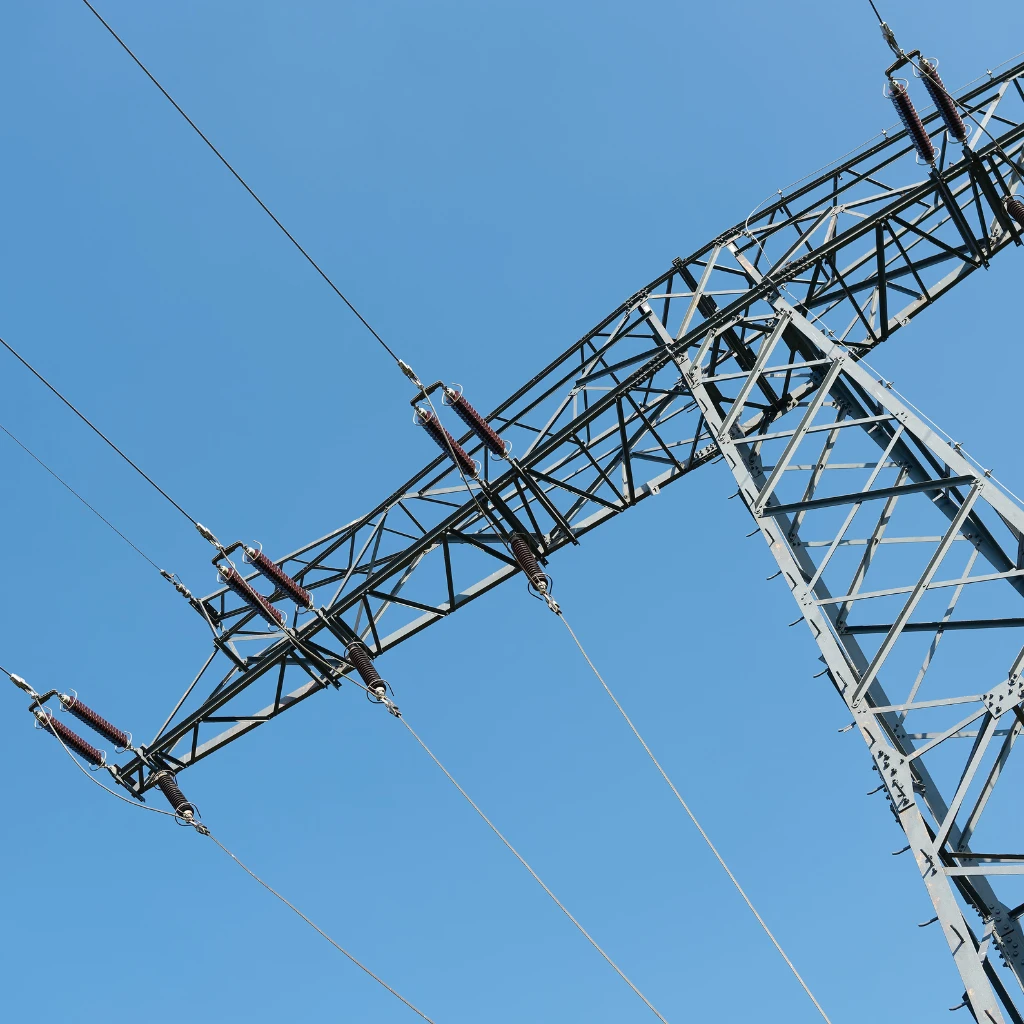

Earthway Technologies LLP’s Gi Earthing Strip is manufactured in different dimensions with an average Zinc coating of 70 to 80 microns for Earthing and Lightning Protection Applications.
Grounding is one of the most crucial aspects of electrical safety in any system. A GI (Galvanized Iron) Earthing Strip is an essential component that ensures the proper dissipation of electrical faults or surges into the earth.
Made from galvanized iron, these strips are widely used for earthing and grounding purposes due to their strength, durability, and cost-effectiveness. In this article, we will explore why GI Earthing Strips matter, their applications across industries, and why Earthway Technologies is the go-to choice for this essential grounding solution.
| Specifications | Details |
|---|---|
| Base Material | Mild Steel |
| Coating Material | Zinc |
| Process | Hot Dip & Cool Dip |
| Coating Thickness | Above 70 to 80 Microns (avg.) |
| Available Strip Dimension | 25x3mm, 25x6mm 32x6mm, 50x6mm |
| Length | 5.5m to 10.0m |
A GI Earthing Strip serves as a vital part of the grounding system, offering a direct and safe path for electrical energy to be dissipated into the earth. Here’s why:
GI Earthing Strips provide reliable, low-resistance grounding for electrical safety






GI earthing strips ensure safety by grounding home electrical systems.


When choosing an earthing strip, quality and reliability are key. Earthway Technologies offers high-quality GI earthing strips that stand out in terms of performance, durability, and affordability.

A GI earthing strip is a strip made from galvanized iron, used in electrical grounding systems to safely dissipate electrical currents into the earth during faults or surges. It is known for its corrosion resistance, strength, and affordability.
Galvanized iron is used because it offers a good balance of conductivity, durability, and corrosion resistance. The galvanization process protects the iron from rust and wear, extending the lifespan of the earthing system.
Yes, GI earthing strips are versatile and can be used in a wide range of installations, including residential, commercial, industrial, telecommunications, power plants, and renewable energy systems.
GI earthing strips can last for many years due to the corrosion resistance of the galvanization process. In general, they can provide reliable service for 20–30 years or more, depending on the environmental conditions.
GI earthing strips are typically installed by burying them in the ground and connecting them to the electrical system’s grounding wire. The strip should be placed at a depth that ensures optimal contact with the soil to provide efficient dissipation of electrical faults.
